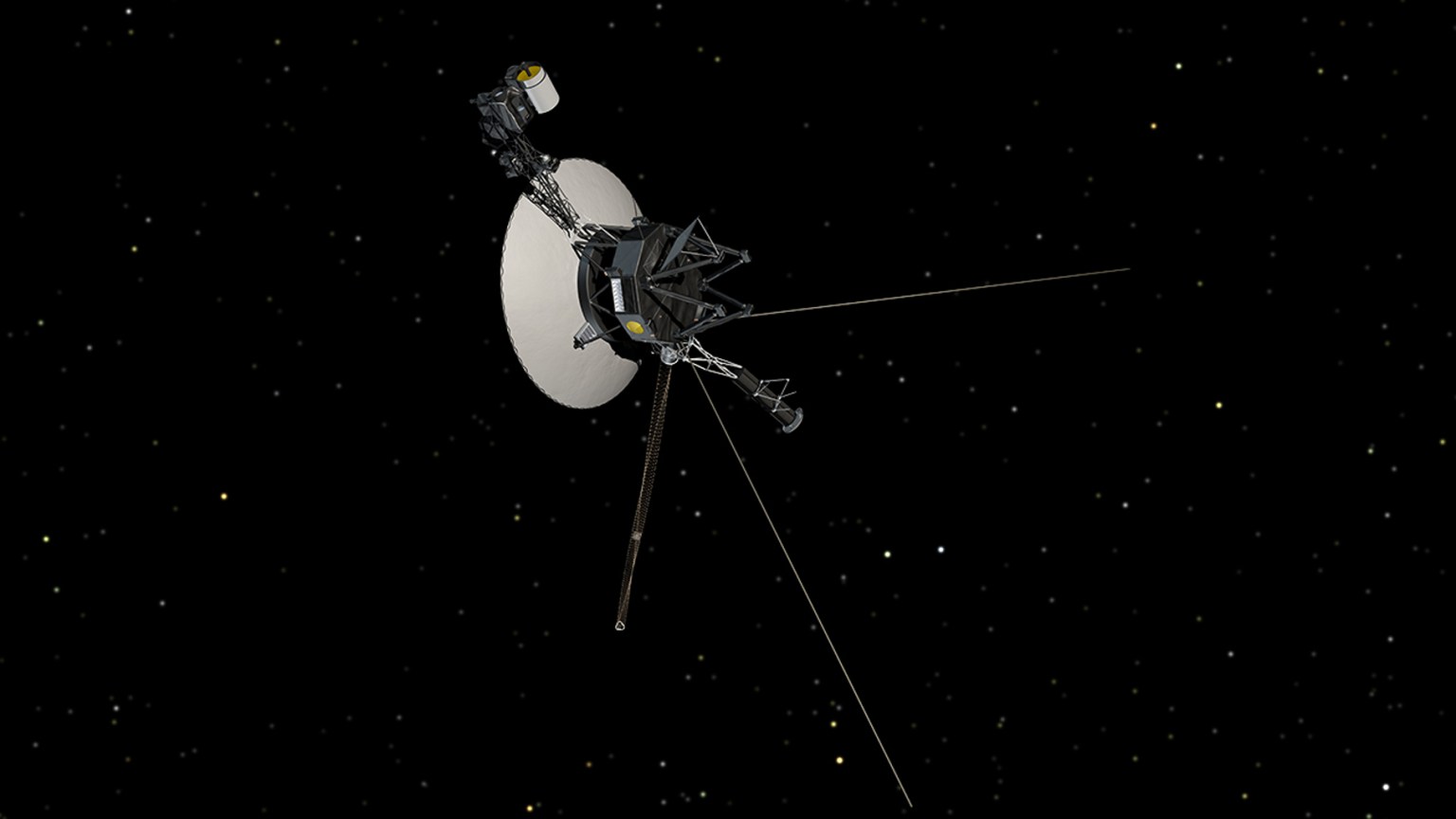
NASA?JPL
Astronauts can make service visits to the Earth-orbiting Hubble Space Telescope, but what do you do if the spacecraft needing a replacement part is the farthest human-made object from Earth, more than twice as distant as Pluto?
The answer, as the flight team for the Voyager Interstellar Mission recently demonstrated, is to plan ahead and keep top-notch engineers available.
Last month, the team cautiously activated a backup position-sensing system, including a Sun sensor and star tracker, on Voyager 1. The spacecraft had been carrying those components and other spare parts since it was launched in 1977 on what was then slated as a four-year mission.
"After sitting on the shelf for 25 years, it's like new equipment," said Ed Massey, Voyager project manager at NASA's Jet Propulsion Laboratory, Pasadena, Calif. Voyager 1 and its twin, Voyager 2, completed their history-making tour of outer planets in 1989 and are now headed toward the boundary zone - called the heliopause - where the Sun's influence cedes way to interstellar space. Both spacecraft have adequate power and communication capabilities to explore that frontier for about 20 more years, if other onboard systems hold up.






